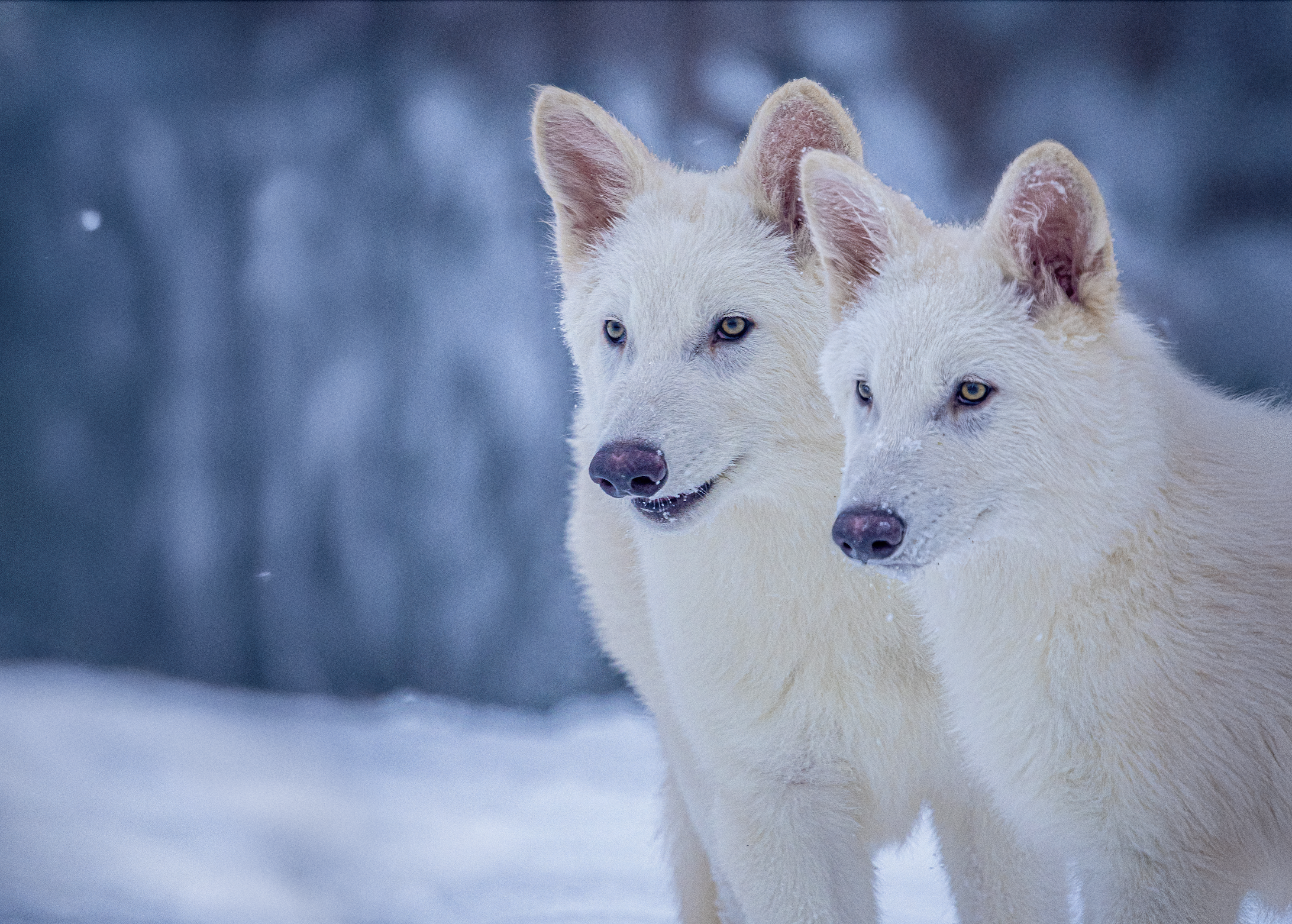Now Reading: Dire Wolf Revival Sparks Hope and Debate
-
01
Dire Wolf Revival Sparks Hope and Debate
Dire Wolf Revival Sparks Hope and Debate

Quick Summary
- Colossal Biosciences has successfully recreated genetic traits of the extinct dire wolf, Aenocyon dirus, using gene-editing technology applied to gray wolves.
- Three young wolves-Romulus, Remus, and Khaleesi-have been born as part of this de-extinction project. They exhibit physical characteristics resembling dire wolves but are genetically altered gray wolves.
- The DNA used for creating these traits was extracted from two fossils-a 13,000-year-old tooth from Ohio and a 72,000-year-old bone from idaho.
- Scientists performed multiplex gene editing on gray wolf genomes at 20 sites across 14 genes, inducing traits associated with dire wolves while cloning embryos in surrogate dogs.
- Romulus and Remus are now six months old and live in a preserve where their interactions with the surroundings are being studied; Khaleesi is younger but expected to join her pack later.
- the project faces skepticism about whether these animals truly qualify as “dire wolves” or simply genetically modified versions of modern species.
- Colossal Biosciences aims to boost ecological functions through its de-extinction projects that also target other species like the woolly mammoth and thylacine.
indian Opinion Analysis
Colossal biosciences’ breakthrough raises meaningful questions about the ethical scope and scientific goals of de-extinction projects. While technological advances may assist conservation efforts for threatened species like red wolves or ultimately bolster biodiversity globally,skepticism looms around authenticity: Are such engineered organisms sufficiently representative of extinct forms? This distinction has implications for how humanity interprets ecological restoration initiatives.
For India-with an extensive history tied to megafaunal extinctions during similar interglacial periods-the lessons from this innovation could guide local conservation policies targeting endangered fauna. India’s rich biodiversity demands careful strategies balancing preservation with sustainable progress amidst modern climate challenges. Watching how these experimental techniques evolve could provide critical insights into adaptive wildlife management without compromising ecological integrity.






















